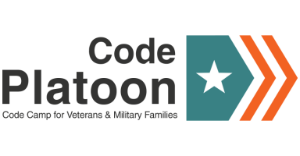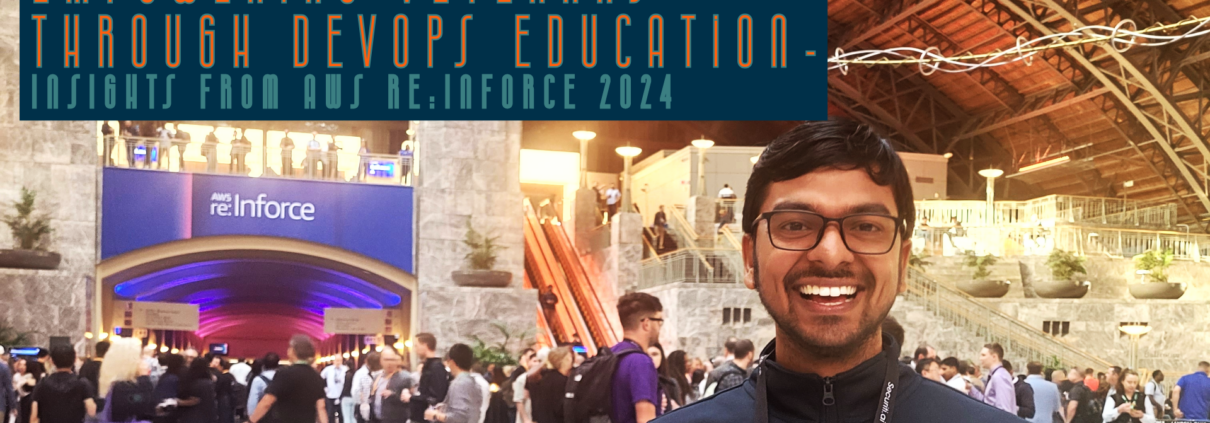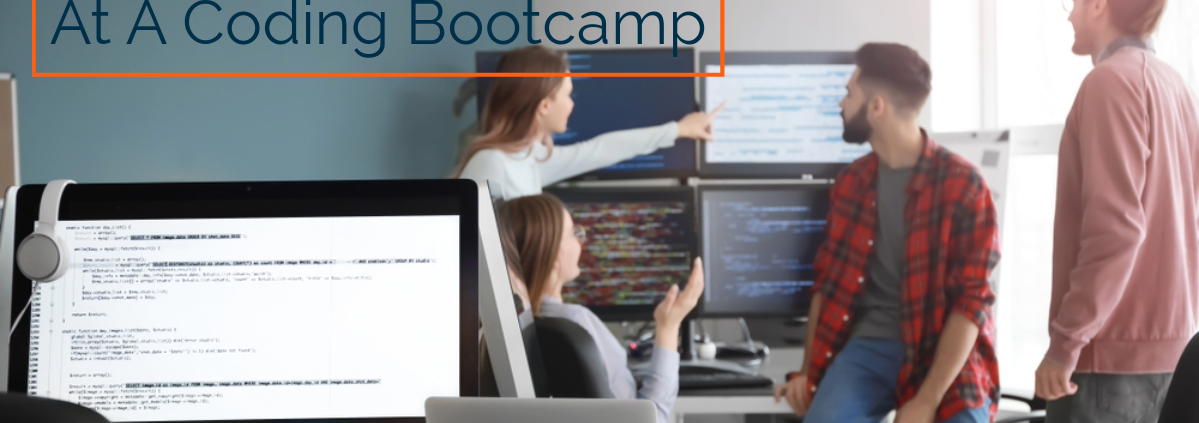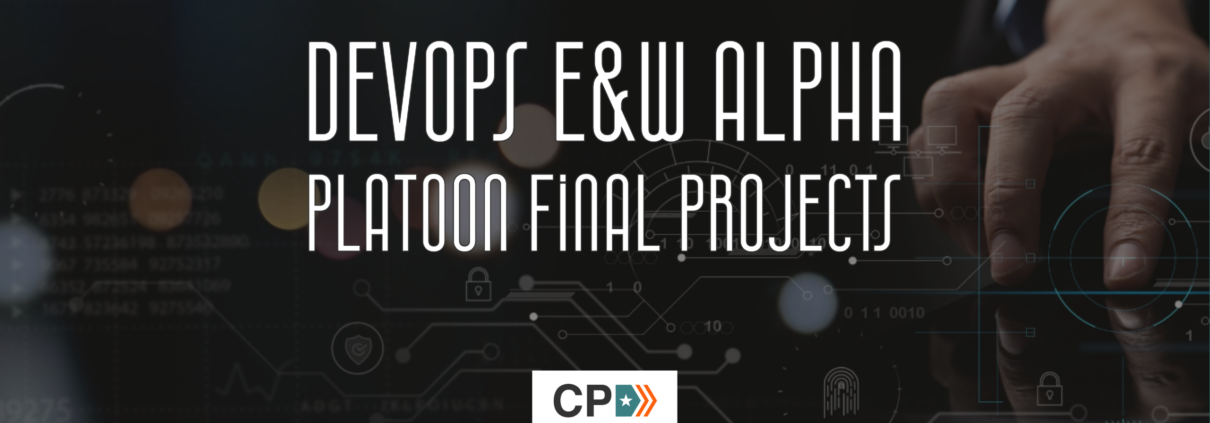Celebrating 80 Years of the GI Bill: A Legacy of Opportunity
This year marks a significant milestone in American history—the 80th anniversary of the GI Bill®. Since its inception in 1944, the GI Bill has transformed the lives of millions of Veterans and their families, providing them with vital education benefits and pathways to economic stability.
A Historical Perspective
The Servicemen’s Readjustment Act of 1944, commonly known as the GI Bill, was designed to assist returning World War II Veterans in reintegrating into civilian life. It offered a range of benefits, including funding for college education, vocational training, and low-interest home loans. This legislation not only recognized the sacrifices made by our Servicemembers but also laid the groundwork for a prosperous post-war economy.
Impact on Education
One of the most profound impacts of the GI Bill has been its role in expanding access to education for Veterans. Millions of Veterans have used their GI Bill benefits to pursue higher education, leading to a more skilled workforce and contributing to the growth of the American middle class. Today, the GI Bill continues to evolve, adapting to the needs of modern Veterans and expanding to cover a variety of educational paths, including coding bootcamps, technical schools, and online courses.
Economic Growth and Home Ownership
Beyond education, the GI Bill has played a crucial role in fostering home ownership among Veterans. By providing access to affordable mortgages, it has helped countless families achieve the American dream of owning a home. This surge in home ownership has not only benefited individual families but has also contributed to the overall economic growth of communities across the nation.
Looking Ahead
As we celebrate 80 years of the GI Bill, it’s essential to recognize its ongoing importance. The challenges faced by today’s Veterans are different from those of the past, but the need for support remains critical. Continued investment in Veterans’ benefits and programs is necessary to ensure that all who serve our country have the opportunity to thrive.
The GI Bill stands as a testament to our commitment to those who have served. It’s a powerful reminder of the impact that thoughtful legislation can have on individuals and society as a whole. As we honor this legacy, let us continue to advocate for the rights and needs of our Veterans, ensuring that they receive the support they deserve for generations to come.
Here’s to 80 years of the GI Bill—a celebration of service, sacrifice, and opportunity!
Greg Drobny is a former Airborne Infantryman, PSYOP Team Chief, political consultant, professional military blogger, and Code Platoon’s Student Outreach and Recruitment Manager. He holds a BA and MA in history and an MS in organizational psychology. He is married with four children who keep him more than slightly busy, and he is passionate about helping Veterans find their paths in life and develop the skills needed to pursue their goals.










